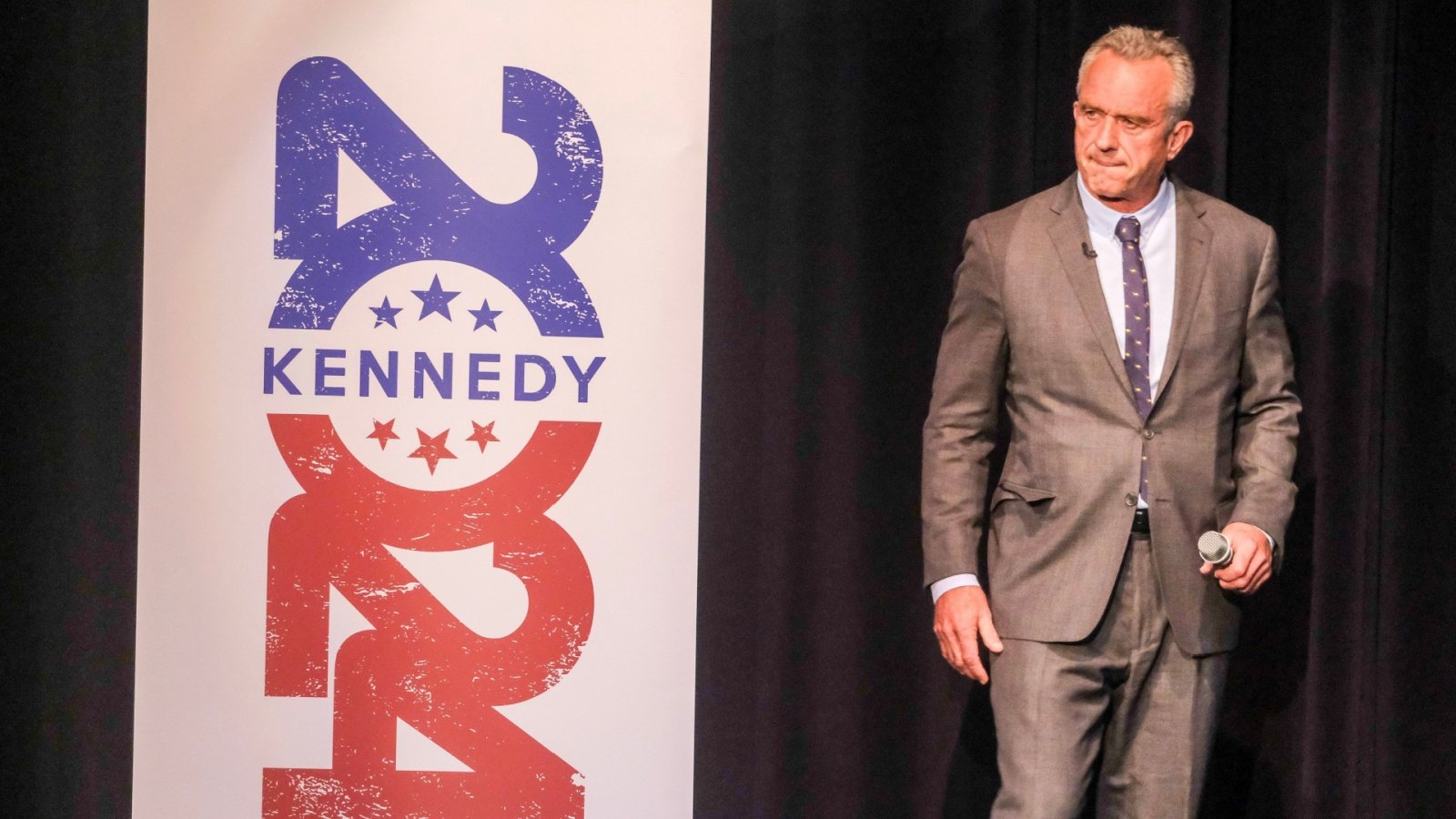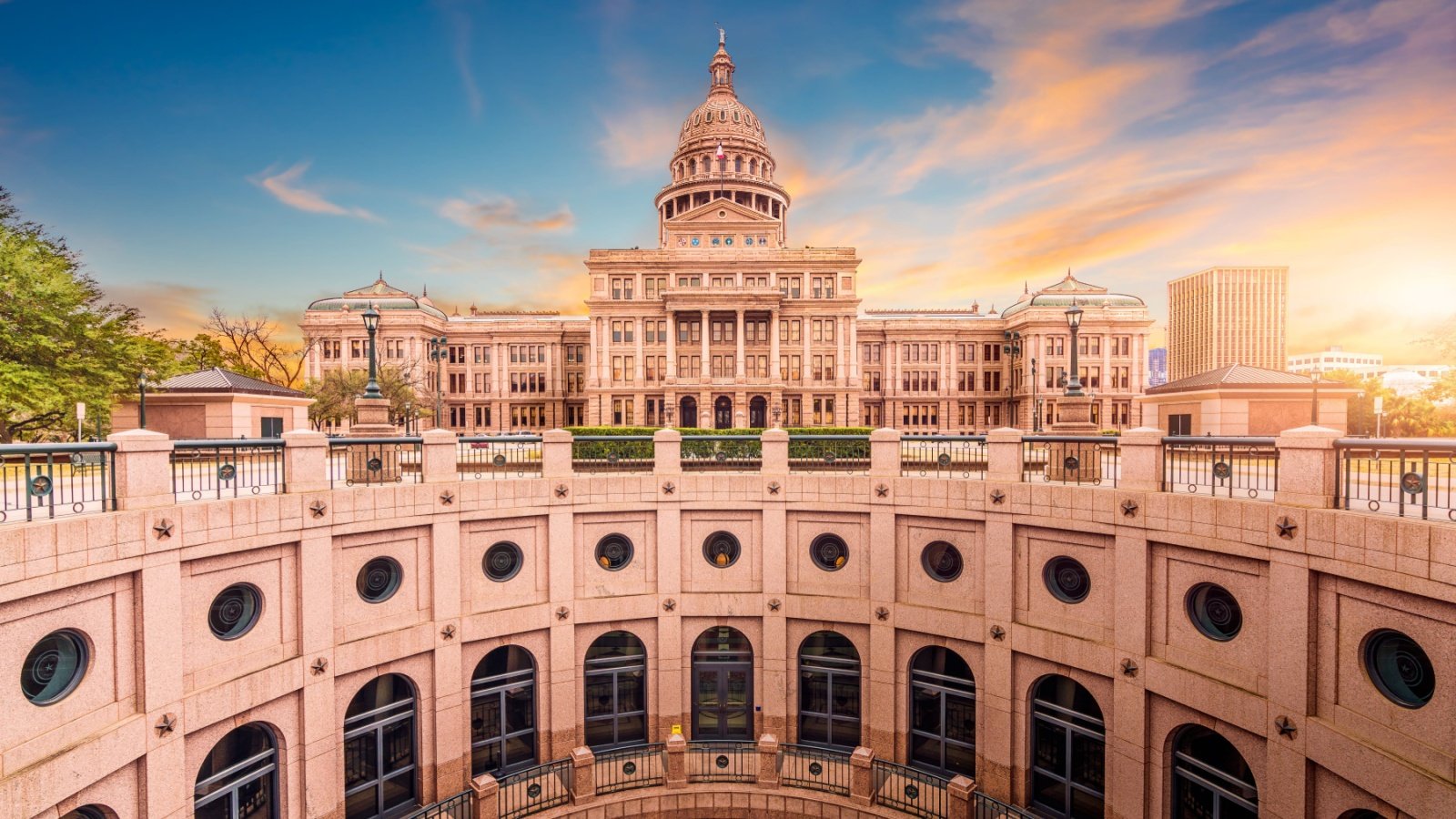The Biden Administration petitioned the Supreme Court Tuesday to grant an emergency appeal reinstating President Biden’s student loan forgiveness plan.
Request to Allow the SAVE Plan to Move Forward

Specifically, the Biden Administration is asking the court to allow the Saving on a Valuable Education (SAVE) Plan to move forward despite a lower court ruling that prevents the program from taking effect while undergoing legal review. According to the White House, the SAVE plan lowers student loan payments for millions of borrowers.
Solicitor General’s Statement to the Justices
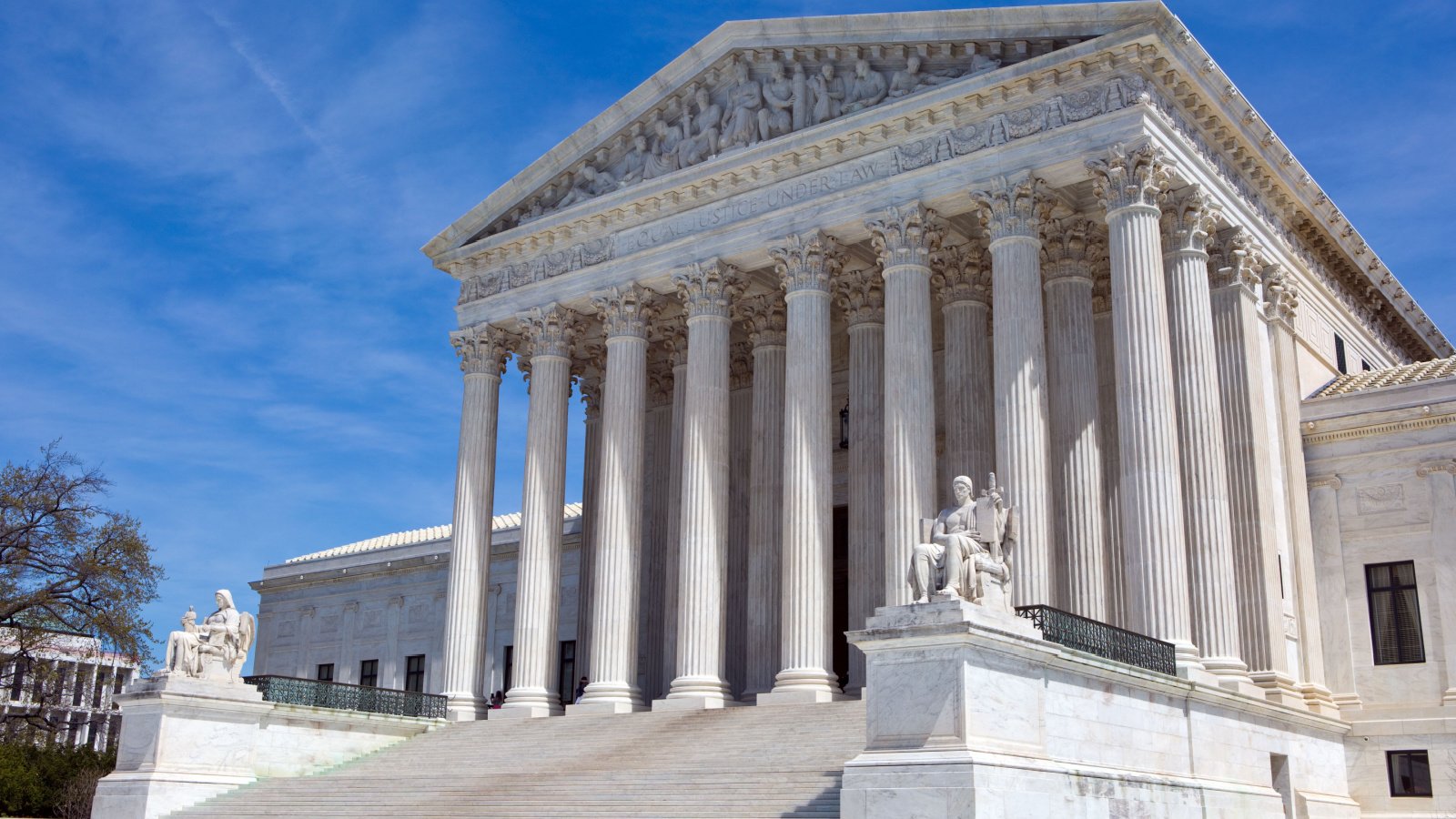
U.S. Solicitor General Elizabeth Prelogar wrote to the Justices in an emergency appeal, “The rule is a straightforward exercise of the Department’s express statutory authority to set the parameters of income-contingent repayment plans– just as it has done for three decades.”
Prelogar also asked the Supreme Court to hear the case on the SAVE plan under expedited consideration next fall if the court chooses not to grant the emergency relief and allow the SAVE Plan to go into effect.
Supreme Court’s Response Deadline
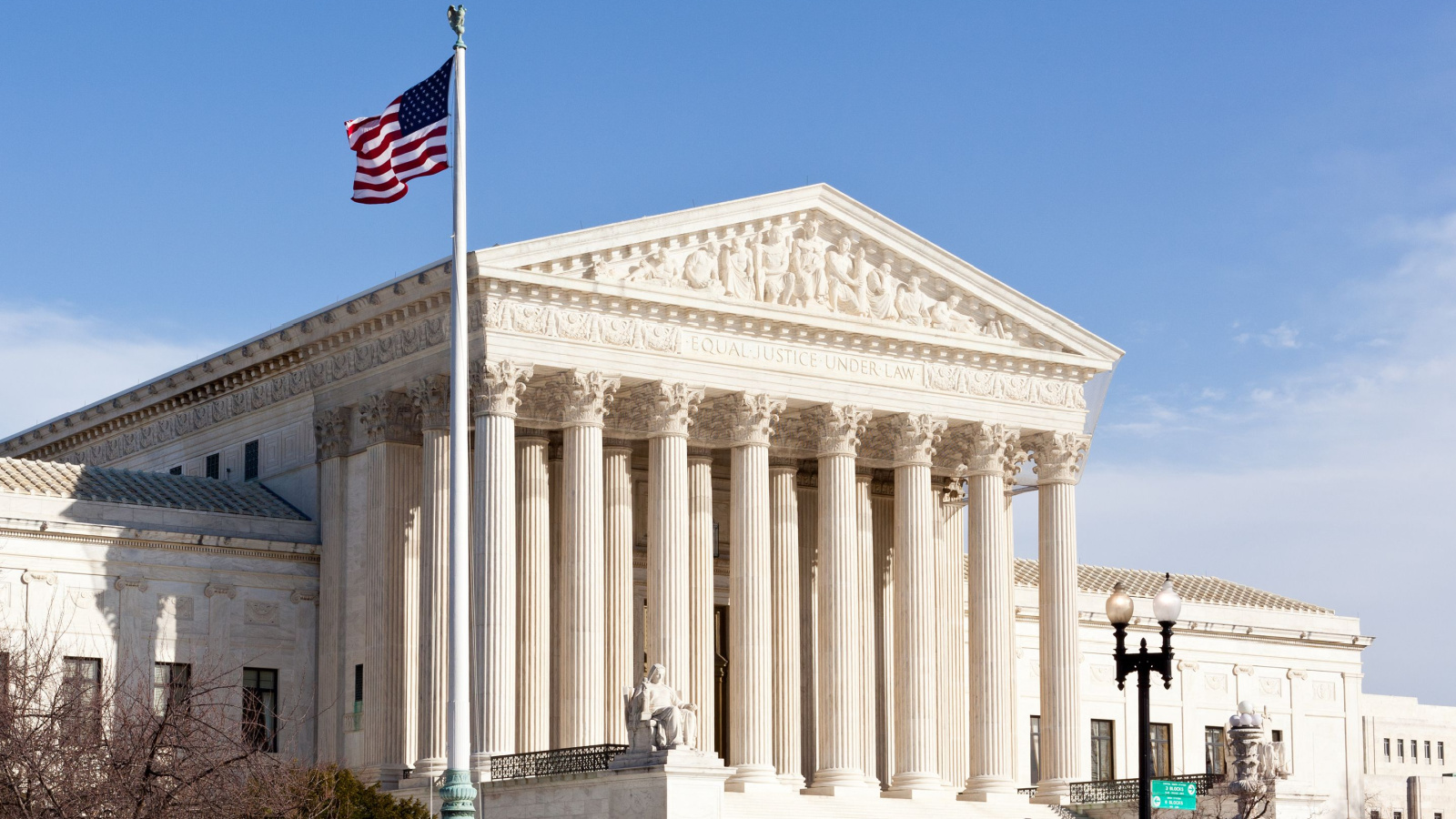
The Supreme Court ordered Tuesday that the parties opposed to the SAVE Act respond to the emergency request by Monday, August 19.
Previous Appeals for Emergency Relief
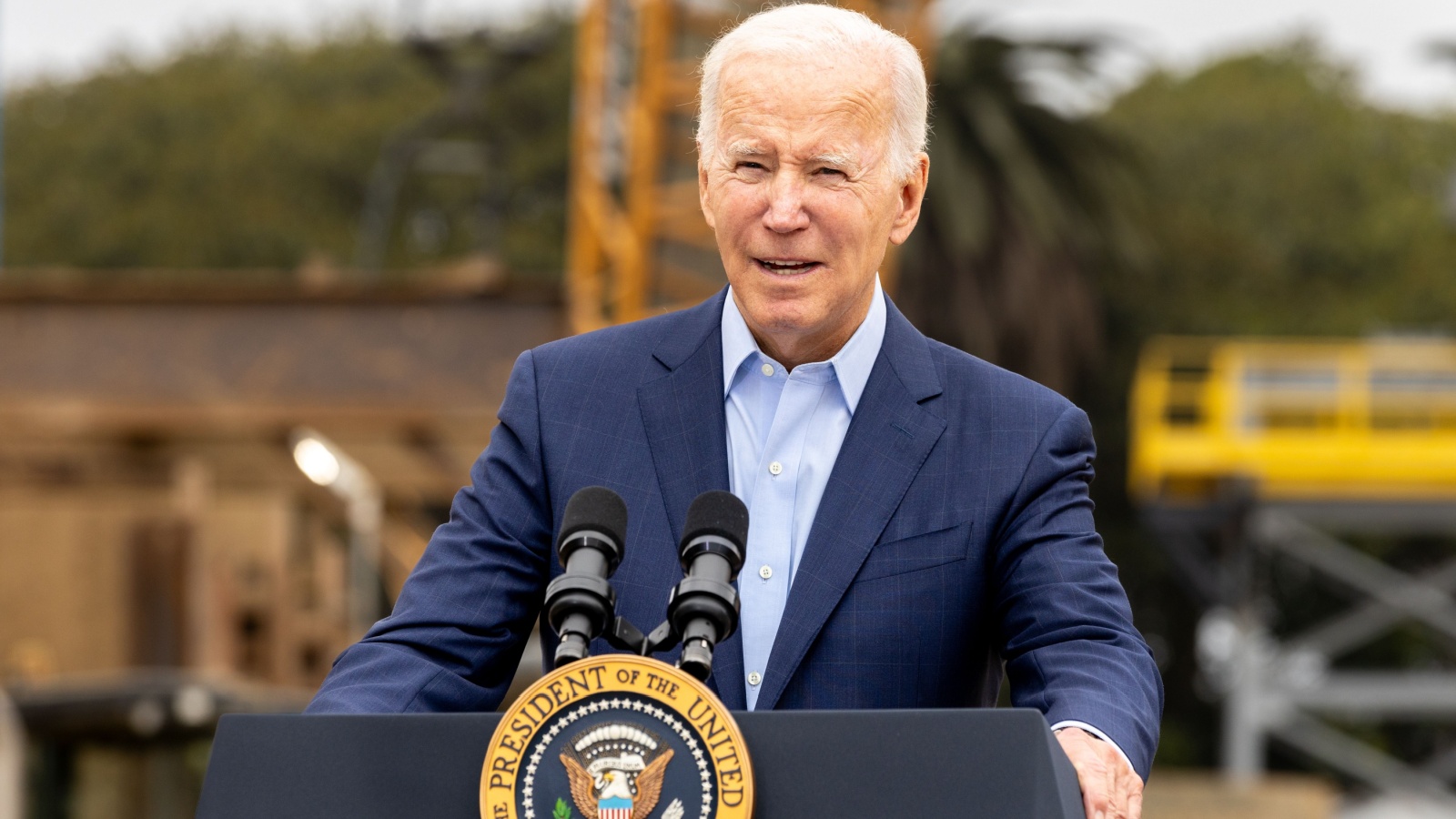
This is not the first time the Biden Administration has appealed to the Supreme Court for emergency relief when lower courts have held up their student loan programs.
In 2023, The Supreme Court deemed a previous Biden debt relief plan unconstitutional by a vote of 6-3 along the conservative-liberal divide in the court. In that case, the Supreme Court did hear the case in full after receiving the emergency appeal from the Administration.
Origin and Structure of the SAVE Plan

The current SAVE plan did not originate until after the previous court decision, meaning that the program was likely crafted and structured to address the constitutional concerns referenced in the Justice’s earlier decision.
Phases of the SAVE Act

The SAVE Act has two phases. First, the program raises the income protected from payments from 150 to 225 percent of federal poverty guidelines. This phase also waives unpaid interest outside of the calculated payments. This phase is ongoing and took effect in Fall 2023.
Court Ruling and Second Phase of the SAVE Act

The second phase would have begun in July but was held up by a court ruling, as the underlying program was under judicial review. This phase would reduce undergraduate loan payments to no more than 5 percent of discretionary income. Currently, the payments for undergraduate loans are set at no higher than 10 percent of discretionary income.
Loan Forgiveness Options in the Second Phase

The second phase, which is restricted from taking effect by court order, also establishes loan forgiveness options for different groups of borrowers.
Current Status of Borrowers Under the SAVE Plan

Many borrowers who signed up for the SAVE plan have their loans in a state of forbearance while the courts adjudicate the issue.
Projected Cost of the SAVE Plan

According to the Penn Wharton Budget Model, the SAVE plan will cost taxpayers $475 billion over a decade.
Cost and Legal Challenges

This cost, born by many who have already paid off their loans or chose not to go to college because they could not afford it and did not want to take on debt, led several states to contest the Biden Administration’s plan in court.
Republican State Attorneys General’s Challenge

Two court cases initiated by at least ten Republican state Attorneys General challenged the Constitutionality of the SAVE Plan, arguing that the program’s cost requires Congressional Authorization.
8th Circuit Court of Appeals’ Injunction
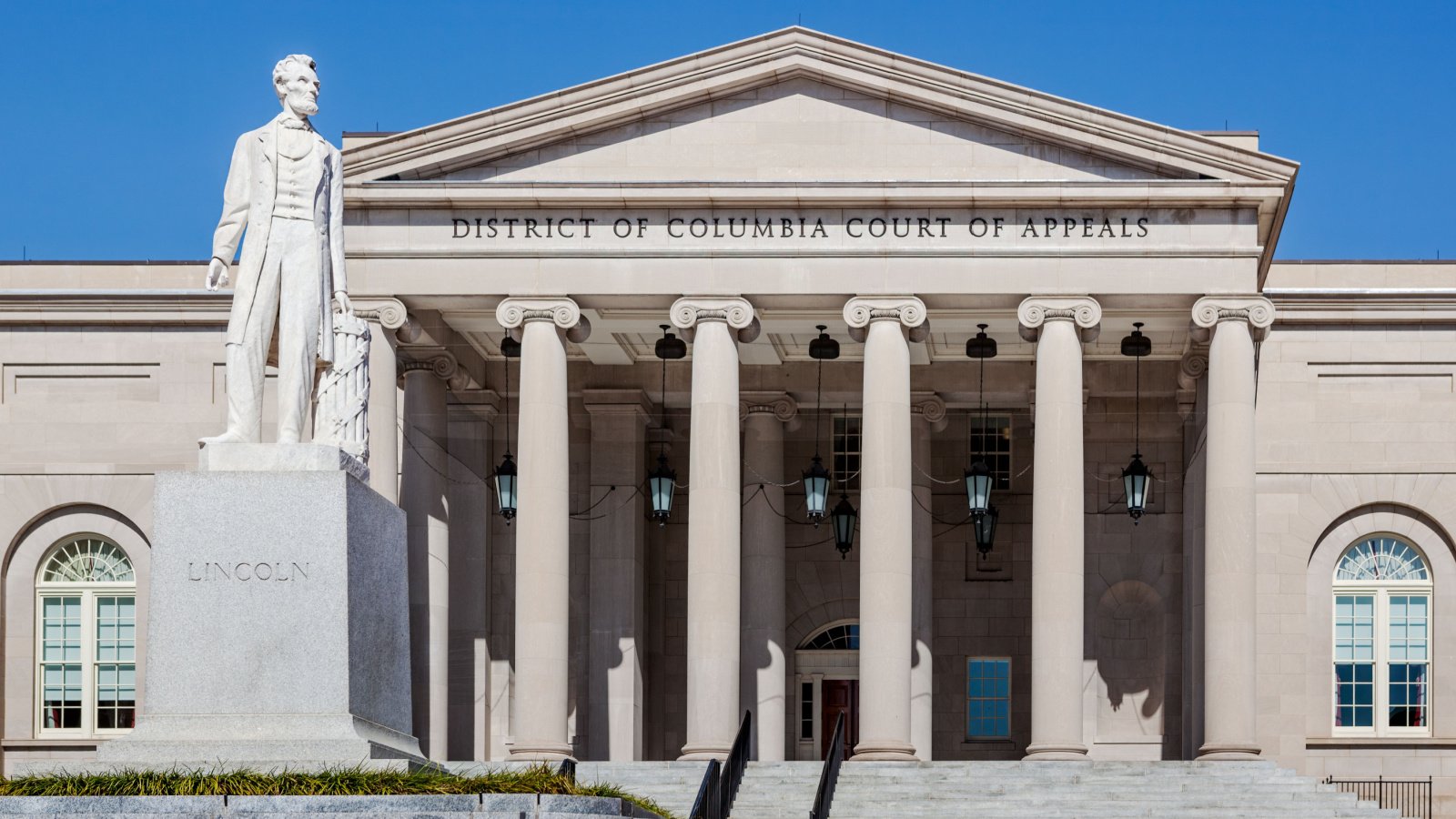
The 8th Circuit Court of Appeals issued an injunction to block the second phase of the SAVE Act from taking effect. The Red states have urged the Supreme Court to take up the case once and for all, arguing, “It is increasingly plain that the federal government will continue to try giving away nearly a half-trillion dollars of the public’s money.”




